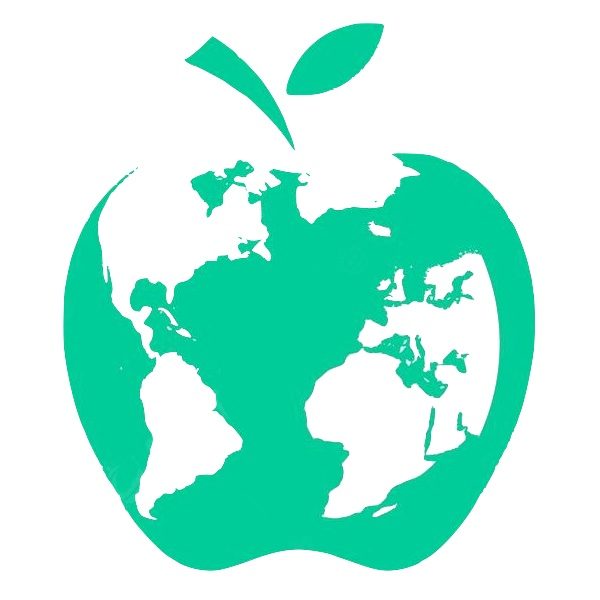AppsFlyer has released its State of Gaming App Marketing for 2023, an in-depth report on key gaming trends for app developers, marketers and game studios to utilize as they navigate through a year of challenging macro trends, including the new age of data privacy.
As the post-COVID era unfolds, a digital slowdown, or return to pre-COVD conditions, is taking place. While the effects are becoming increasingly apparent in metrics like overall app installs by consumers, the gaming app economy still showed resilience with nearly $27 billion invested in ad spend by gaming marketers and developers worldwide in 2022 to acquire new users.
Overall, Android game app installs rose slightly, by 8% compared to 2021, whereas iOS game app installs showed a small decline, with a 5% drop. AppsFlyer says the drop on iOS reflects the continued challenges iOS app marketers are facing following Apple’s privacy changes (despite the improvement vs. the previous 2022-2021 year-over-year figure of -13%). In the US, still considered the most important market for gaming app marketers, 2022 saw a 19% growth in Android app installs and -1% decline in installs of iOS gaming apps when compared to 2021.
There was a -7% overall drop in in-app purchase (IAP) revenue in the second half of 2022 compared to the first, with iOS down -13% and Android down -6%. Overall, in-app purchases on Android gaming apps were down -14% year-over year (YoY), while iOS was down -1% YoY. AppsFlyer says this was driven largely by a decline in Role Playing and Casino game genres that typically have high rates of in-app purchases, and where the economic downturn appears to have impacted consumer spend.
AppsFlyer says that cost-per-installs (CPI on iOS continue to climb: 88% is the increase in CPI on iOS from quarter one of 2021 to quarter two of 2022, shooting up $3.75 per install as iOS marketers continue to accept high prices to acquire valuable Apple users. YoY rates show a 35% jump.
According to AppsFlyer, based on advertising investment, the U.S. remains the largest target market for gaming app marketers by a significant margin, followed by Japan, South Korea, Germany and the United Kingdom.
As for gaming app revenues, the State of Gaming report reveals that consumers spent the most on in-app purchases (IAP) in role playing and social casino (not real money) games. Purchases in these game categories declined mostly in the second half of 2022, leading to an overall drop in IAP revenues by 7% compared to the first half of the year.
The economic downturn appears to have impacted consumer behavior in high IAP genres of role playing and social casino more than other categories like match or puzzle games, which rely more on micropayments. In-app advertising (IAA) remained the strongest driver of revenues for hypercasual, match and simulation games, though IAA revenues also declined across most genres towards the second half of 2022.
AppsFlyer’s State of Gaming App Marketing, 2023 Edition is an anonymous aggregate of proprietary global data from 38 billion app installs from 18.6 thousand apps measured with 10 thousand quarterly installs and $13.9 billion in total ad spend measured from January 2021 to December 2022.
Article provided with permission from AppleWorld.Today

